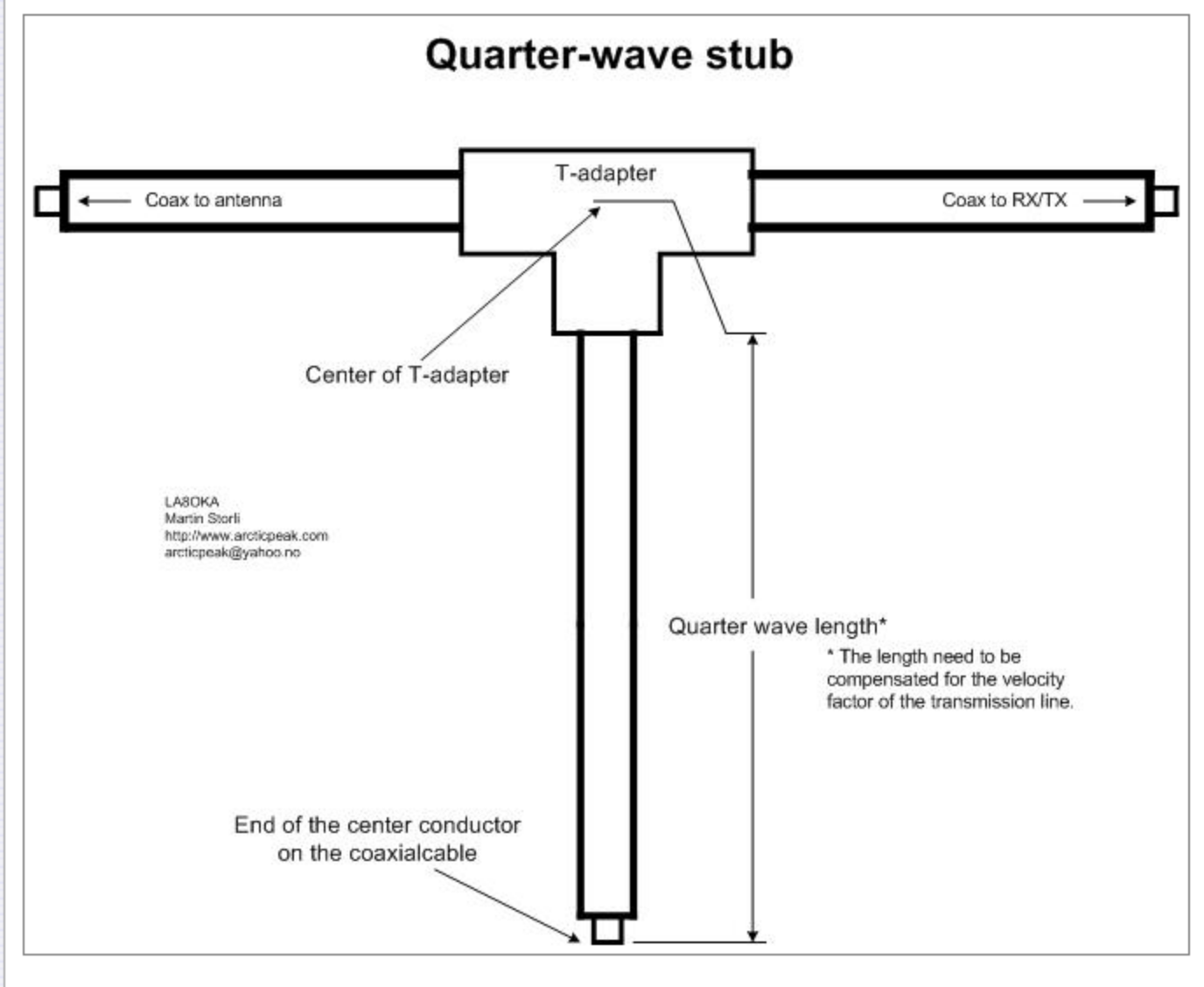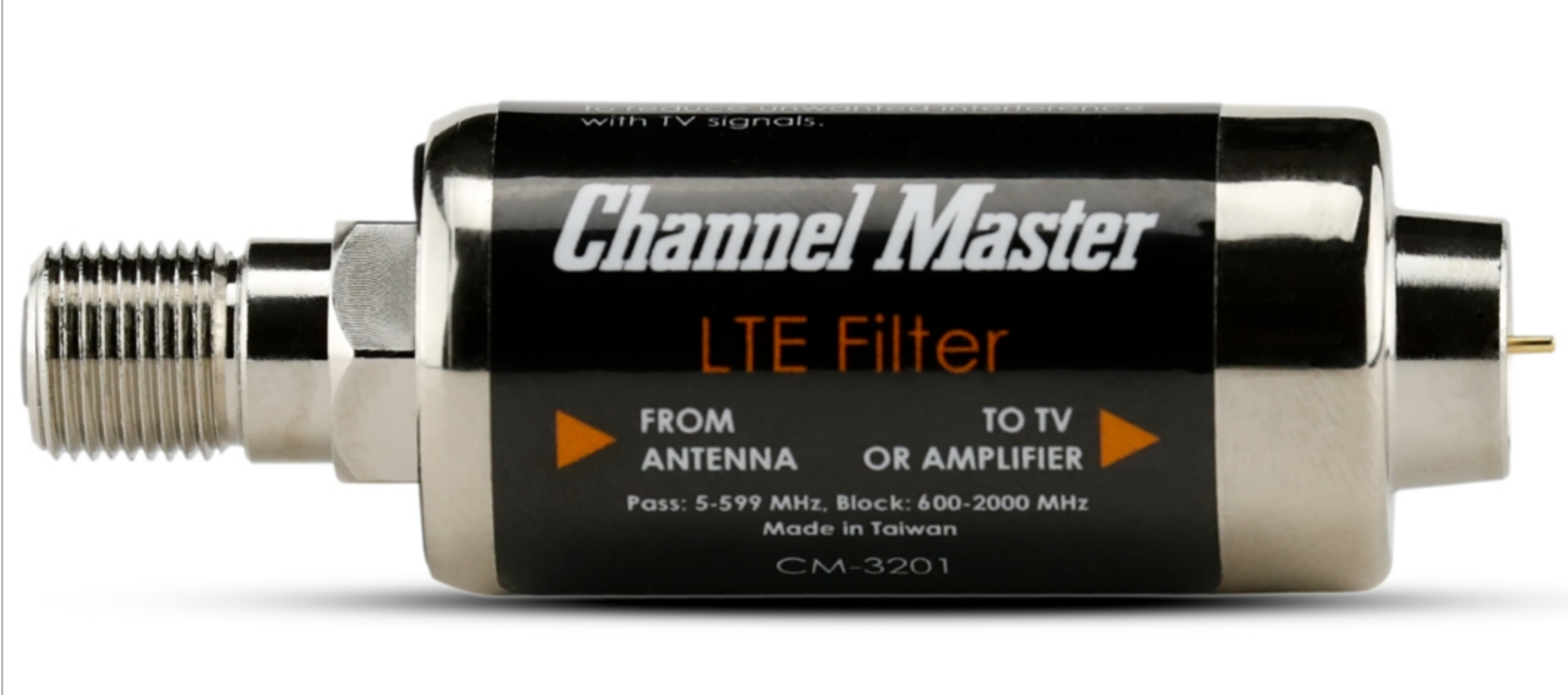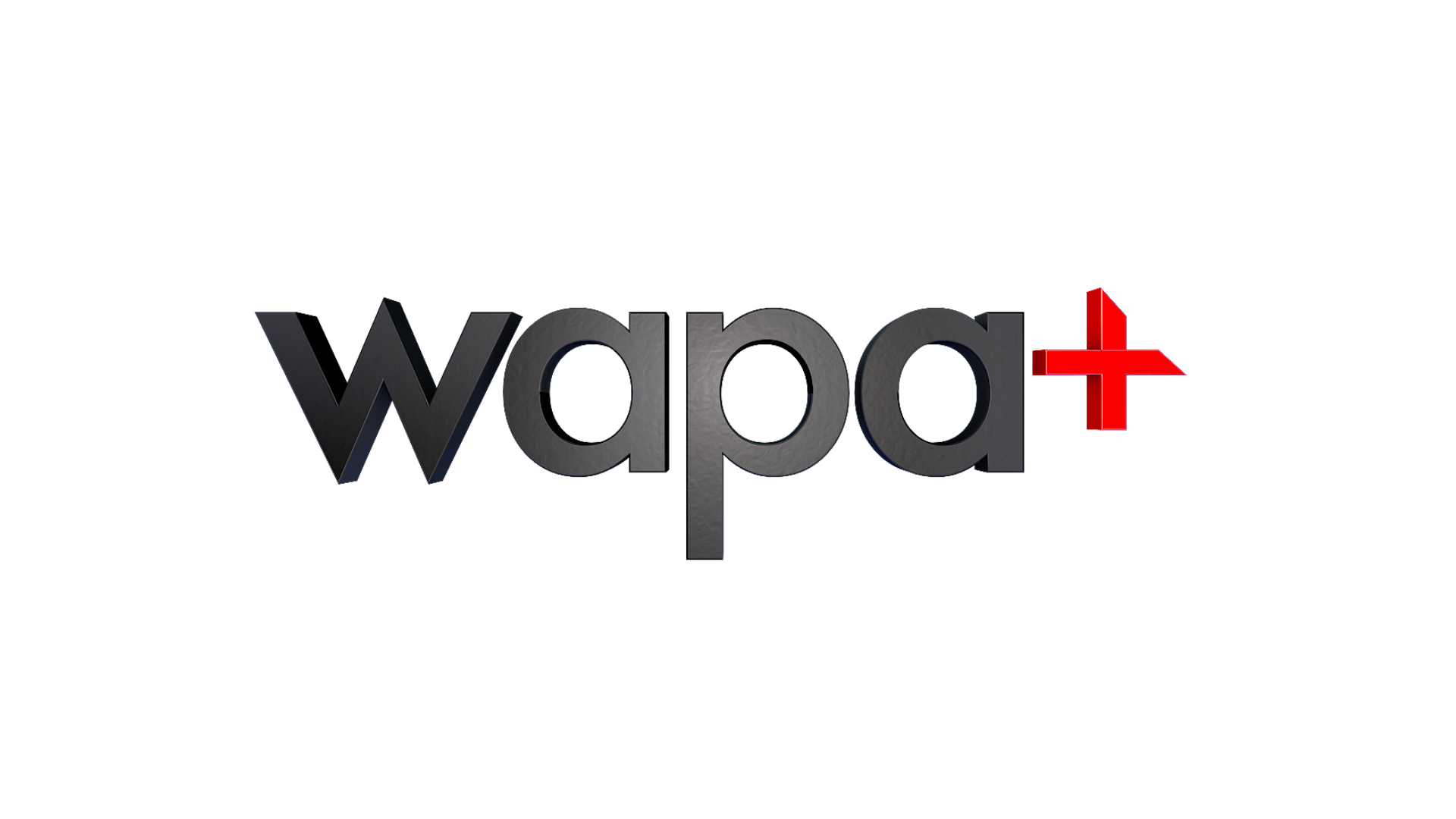T-Mobile and 600 MHz TV Interference
Problems could become more common as carrier ramps up 5G buildout

Recently I got a call from Bob Gonsett concerning interference he started receiving on a TV set at his outpost in Fallbrook, Calif. Broadcast engineers in southern California know Bob and his engineering work at his firm Communications General Corp. He has been active in Southern California broadcasting for as long as I can remember, beginning with services such as the FCC-required frequency measurements for analog TV stations, as well as providing engineering for AM, FM and TV broadcast stations in the area.
While the FCC no longer specifies frequency tolerances for DTV stations—they simply have to stay within their channel and meet FCC emission mask requirements—many stations still use Bob to keep an eye on their frequency and also look out for potential interference from new co-channel stations.
Using a spectrum analyzer, Bob was able to trace the interference to a 600 MHz LTE signal. He expects this will become more of a problem for over-the-air TV viewers as wireless carriers build out small-cell distributed antenna systems that place the base station antennas very close to viewers’ homes.
He solved the problem in his house by building a simple quarter wave stub filter. With a quarter wavelength of coaxial cable, the impedance at one end is inverted at the other end. If one end is left open, the other end will present a short at the quarter wave frequency, acting as a notch filter.
I found a website that calculates the length for different types of coaxial cable (the velocity factor will affect the length) that makes it easy to design a quarter wave filter. Fig. 1 shows a picture of the filter from arcticpeak.com. A search on “quarter wave stub filter” will bring up other options. If the length of the stub becomes too short to easily work with, odd multiples of the length will also work, but there will also be a notch at a lower frequency—one-third the frequency for a three quarter wave stub, which could impact VHF Channel 12 or 13.

USING A FILTER
The majority of the licenses in the 600 MHz band belong to T-Mobile, which is moving quickly to build out its 600 MHz spectrum for 5G now that TV stations have vacated the band. The base stations transmit in the 617–652 MHz downlink band and receive signals from consumer devices transmitting in the 663–698 MHz uplink band. With the spectrum licensed in 5 MHz blocks, a quarter wave stub filter may be sufficient to notch out one 5 MHz block, but as more blocks are used, a more complicated filter will be needed.
I used an RTL-SDR and the Linux qspectrumanalyzer software to look at the 598–640 MHz spectrum at my rural location in Hawaii. The only TV station I can receive here is on Channel 36. Fig. 2 shows the spectrum, with surprising strong signals in the 600 MHz downlink band. Note the analyzer was hooked up to my vertically polarized discone antenna (with no preamplifier) so the Channel 36 signal, which is horizontally polarized, is not as strong as it is on my TV antenna with an LNA.

I’ve written before about using Channel Master’s LTE filter to block LTE signals above 698 MHz. They now offer a filter for 600 MHz interference.. Look at the spectrum plots on the web page and at the frequency range specified in the markings on the filter on the Channel Master store page (Fig. 3).
The upper pass frequency is shown as 599 MHz and the rejection starts at 600 MHz. DTV Channel 36 starts at 602 MHz, which would indicate this filter will not work in areas with a Channel 36 (like KNBC in Los Angeles) and reception may be compromised on Channel 35 stations (596–602 MHz) like WNBC in New York.
Channel Master’s technical specifications for the filter show “Frequencies Pass” as 5–609 MHz and “Frequencies Block” as 610–2,000 MHz. If this is the case, it should work fine. Since the LTE downlink band doesn’t start until 617 MHz, there is no need to have the filter reject frequencies in Channel 36.
I wanted to order one of the Channel Master filters to test the actual frequency response but Channel Master will not ship to a post office box and I wasn’t willing to spend the almost $60 they wanted for a $19 filter shipped to my physical address.
An Amazon search showed several companies selling LTE filters but most only blocked signals above 700 MHz. The Antra ATF-600 5–600Mhz 4G LTE ($15.99) looks like it might work but I could not find any detailed specs. The Amazon description also has this disclaimer: “This item will NOT work if interference signal is within 0–700 MHz,” which contradicts the description above it that says: “Removes interference above 600 MHz (CH36) that are coming from Cell Towers, Cell phones or other RF sources, purifying HDTV signals.” From the photo on the Amazon listing it appears there is also an ATF-700 filter, which has a cut-off frequency at 694 MHz. I’ve ordered the Antra ATF-600 and when it arrives I’ll hook it up to my NanoVNA and plot the frequency response.
The 600 MHz LTE interference is more likely to be a problem for TV viewers using an outdoor antenna with a preamplifier. The TV tuners in most TV sets still offer the option of scanning cable TV channels, which means they will be capable of receiving signals up to 800 MHz or higher. The newer silicon tuners offer good tracking filters but are subject to overload if the interfering signal is strong enough. The preamplifier can boost the interfering signal to the point where it can overload the TV tuner. Manufacturers of TV amplifiers have recognized this and are now selling amplifiers with 600 MHz LTE filters.
Digitenna’s preamplifiers are now available with 20–30 dB attenuation above Channel 36. The filters pass up to 610 MHz so Channel 36 reception should not be affected. Before ordering Digitenna products, verify the amplifier is one with the new LTE filter. I found another amplifier from Kitz Technologies that looks interesting. The KT-700 Amplifier includes an LTE filter that starts at 620 MHz.

Channel Master’s LTE filter product page says their “Amplify” preamplifier includes an LTE filter, but the specs show a 700 MHz cutoff, which won’t help with the 600 MHz band interference if that frequency is correct.
CORRECTION AND UPDATE
Since my last column (“Antennas: Back to the Future,” September 2020) the reader using the HD-Stacker antenna sent me some close-up photos of the feed system and some comparisons with another antenna.
He wasn’t happy with the performance of the HD-Stacker and after contacting the manufacturer and not getting a satisfactory response, decided to try the $40 Winegard Freevision FV-30BB I’d been recommending for noncritical applications. He was surprised to find that in his location it performed as well or better than the HD-Stacker.
That’s hard to believe, but a possible reason is the size of the Winegard allowed it to be mounted in a more favorable location. The feed matching and VHF/UHF combining may have hurt performance since the high-impedance VHF and UHF driven elements are simply paralleled with a section of twin-lead with no apparent attempt to match or isolate them. Replacing that “combiner wire” with a dual input LNA would likely have significantly improved the HD-Stacker’s performance.
Another reader notified me that the https://groups.io/g/NanoVNA-V2 website I mentioned as a forum for the low cost NanoVNA-V2 vector network analyzer is an impostor website. The real forum is at https://groups.io/g/NanoVNAV2. I apologize for the error. Visiting the real website I found that the NanoVNA-V2 is now available with a case (the Plus 4) and offers measurements using the fundamental frequency of the oscillator up to 4.4 GHz.
The other NanoVNA units I mentioned, including my NanoVNA-F, use harmonics for measurements above 600 MHz, limiting their dynamic range. On the NanoVNA-F, the S11 dynamic range is 40 dB and the S21 dynamic range is 60 dB for 600–1,000 MHz. The NanoVNA-V2 Plus 4 claims 70 dB system dynamic range without averaging up to 3 GHz and 80 dB range with 5x averaging.
The NanoVNA-V2 Plus 4’s 4.4 GHz upper frequency makes it ideal for testing 5G filters for the C-band repack. The cost of the NanoVNA-V2 Plus 4 is $129, competitive with the cost of the NanoVNA-F with a similar sized screen. I’ve ordered one through Tindie and hope to have it in time to review in my next column.
As always, I welcome comments and questions. Email me at dlung@transmitter.com. If I’m busy I may not respond right away and if the email gets buried too deep I might miss it. If you don’t get a response within a week or so, email me again.
Get the TV Tech Newsletter
The professional video industry's #1 source for news, trends and product and tech information. Sign up below.

Doug Lung is one of America's foremost authorities on broadcast RF technology. As vice president of Broadcast Technology for NBCUniversal Local, H. Douglas Lung leads NBC and Telemundo-owned stations’ RF and transmission affairs, including microwave, radars, satellite uplinks, and FCC technical filings. Beginning his career in 1976 at KSCI in Los Angeles, Lung has nearly 50 years of experience in broadcast television engineering. Beginning in 1985, he led the engineering department for what was to become the Telemundo network and station group, assisting in the design, construction and installation of the company’s broadcast and cable facilities. Other projects include work on the launch of Hawaii’s first UHF TV station, the rollout and testing of the ATSC mobile-handheld standard, and software development related to the incentive auction TV spectrum repack. A longtime columnist for TV Technology, Doug is also a regular contributor to IEEE Broadcast Technology. He is the recipient of the 2023 NAB Television Engineering Award. He also received a Tech Leadership Award from TV Tech publisher Future plc in 2021 and is a member of the IEEE Broadcast Technology Society and the Society of Broadcast Engineers.
